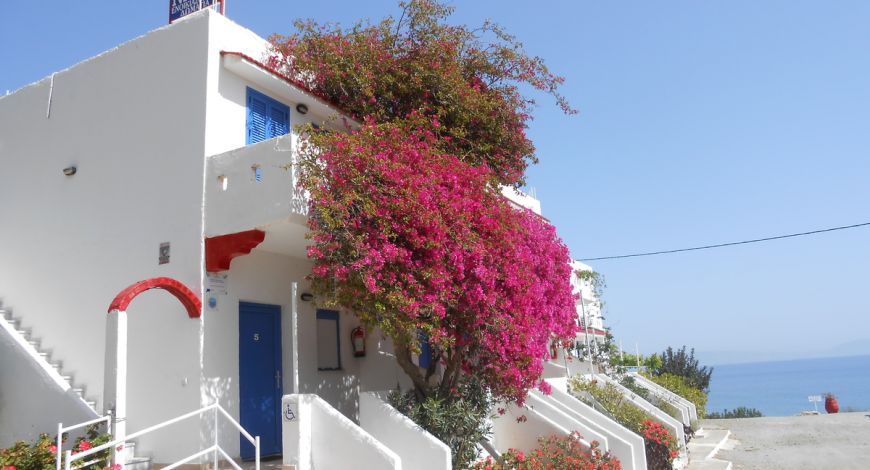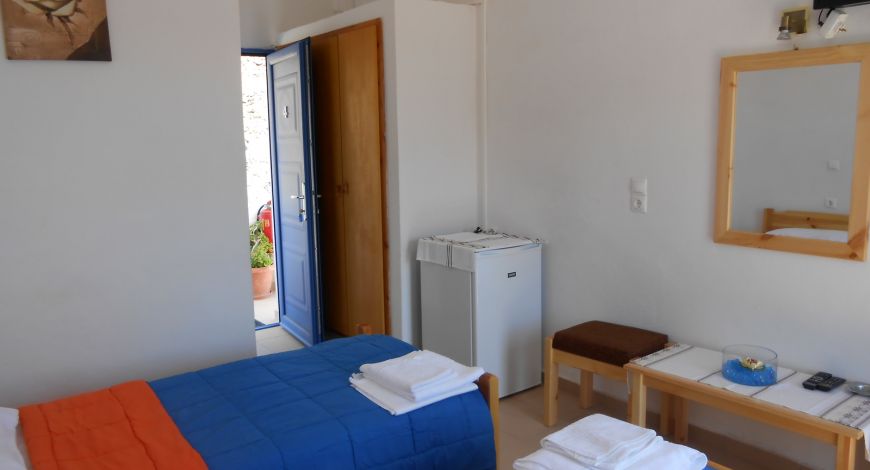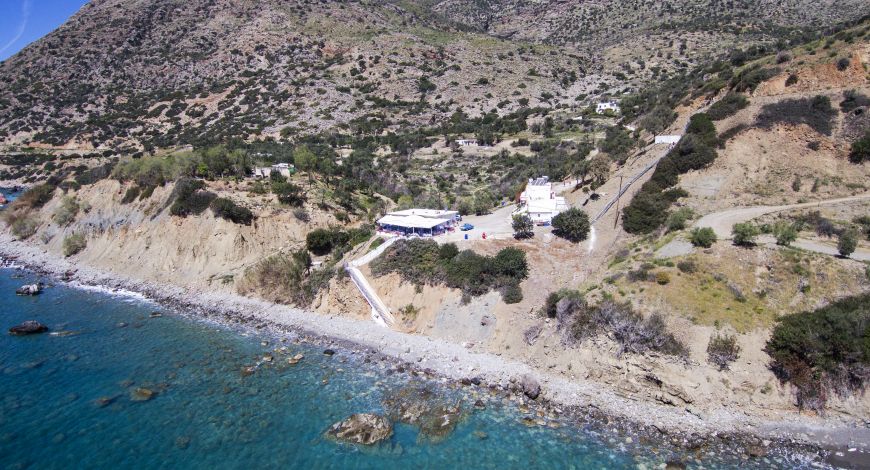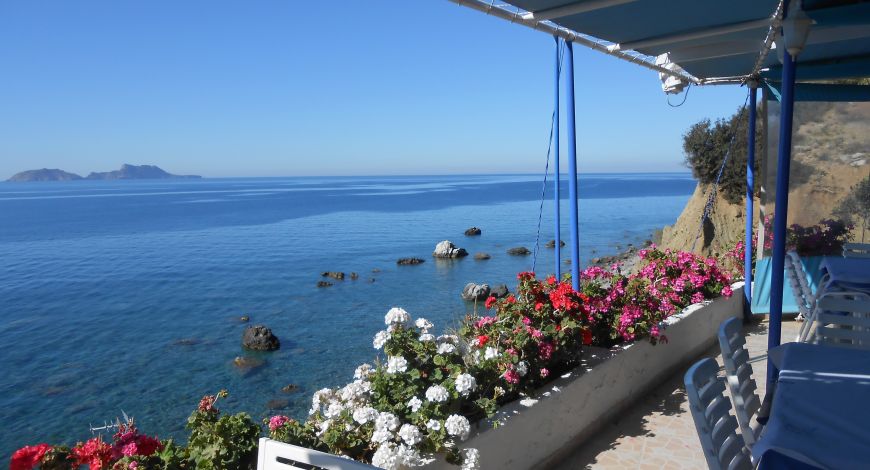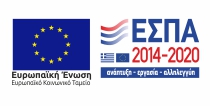-

Taverna & Rooms Nikos
Agios Georgios
Wunderbarer Blick auf das kristallklare Wasser Südkretas
-

Der ideale Ort
für erholsame Ferien!
Agios Georgios
Im südlichen Teil Kretas, außerhalb vom Dorf Agia Galini, erstreckt sich der Strand von Agios Georgios. Weg vom Lärm und Trubel zeichnet sich dieser Strand durch seinen unberührten Strand mit blauem, kristallklarem Wasser aus und bietet sich damit ideal für erholsame Ferien an.
Auf den Weg nach Agios Georgios erwarten Sie viele Fahrtrouten, die zu kleinen Klöstern und ruhigen Kieselstränden führen.
Der ideale Ort
für erholsame Ferien!
ZIMMER ZU VERMIETEN
Angenehme Zimmer am Strand.
TAVERNE
Traditionelle Köstlichkeiten mit Blick aufs Meer.
KOSTENLOSE WIFI-VERBINDUNG
WIFI steht allen Hotelräumen kostenlos zur Verfügung.
KLIMAANLAGE
Alle Zimmer sind mit Klimaanlage ausgestattet.
Nikos Place
Sehenswürdigkeiten
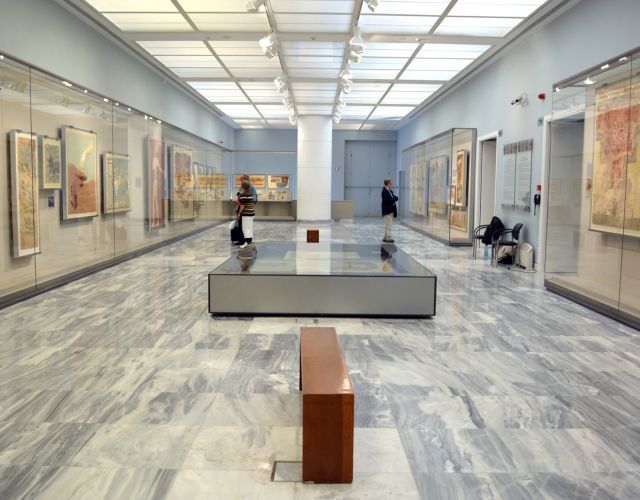
Heraklion Archaeological Museum
The Herakleion Archaeological Museum is one of the largest and most important museums in Greece, and among the most important museums in Europe. It houses representative artefacts from all the periods of Cretan prehistory and history, covering a chronological span of over 5,500 years from the Neolithic period to Roman times.
The singularly important Minoan collection contains unique examples of Minoan art, many of them true masterpieces. The Herakleion Museum is rightly considered as the museum of Minoan culture par excellence worldwide.
The museum, located in the town centre, was built between 1937 and 1940 by architect Patroklos Karantinos on a site previously occupied by the Roman Catholic monastery of Saint-Francis which was destroyed by earthquake in 1856. The museum's antiseismic building is an important example of modernist architecture and was awarded a Bauhaus commendation. Karantinos applied the principles of modern architecture to the specific needs of a museum by providing good lighting from the skylights above and along the top of the walls, and facilitating the easy flow of large groups of people. He also anticipated future extensions to the museum.
The colours and construction materials, such as the veined polychrome marbles, recall certain Minoan wall-paintings which imitate marble revetment. The two-storeyed building has large exhibition spaces, laboratories, a drawing room, a library, offices and a special department, the so-called Scientific Collection, where numerous finds are stored and studied. The museum shop, run by the Archaeological Receipts Fund, sells museum copies, books, postcards and slides. There is also a cafe.
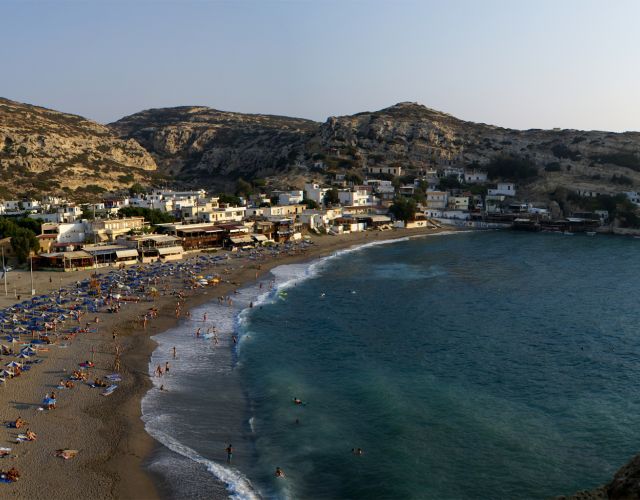
Matala beach
Der Strand von Matala ist seit der Antike bewohnt worden. Die damaligen Bewohner gruben eine Reihe von Höhlen in das weiche Gestein des Berges. In den 70er Jahren lebten dort die Hippies und machten diese Höhlen weltweit bekannt. Der Strand bietet Sonnenschirme und Liegestühle. In der Siedlung gibt es Geschäfte, Restaurants, Cafés und Bars.
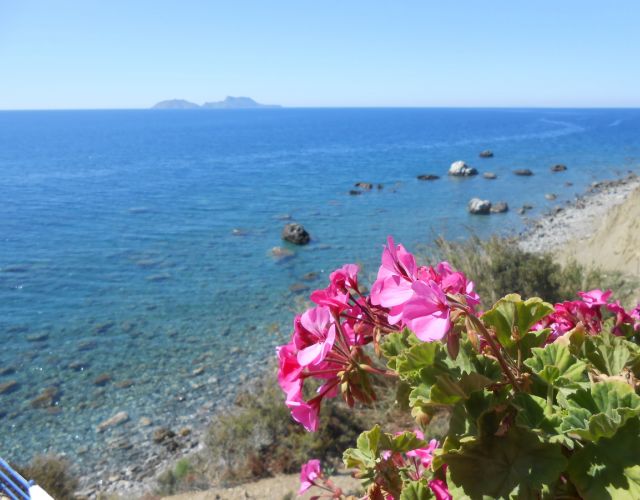
Agios Georgios
Im südlichen Teil Kretas, außerhalb vom Dorf Agia Galini, erstreckt sich der Strand von Agios Georgios. Weg vom Lärm und Trubel zeichnet sich dieser Strand durch seinen unberührten Strand mit blauem, kristallklarem Wasser aus und bietet sich damit ideal für erholsame Ferien an.
Auf den Weg nach Agios Georgios erwarten Sie viele Fahrtrouten, die zu kleinen Klöstern und ruhigen Kieselstränden führen.
Der Strand von Agios Georgios zeichnet sich auch durch seinen Sitz aus, da sein krystallklares Wasser und feiner Kiesel von einem riesengroßen Felsen geschützt werden.
Agios Georgios ist der ideale Anfangspunkt für nahegelegene Strände und Dörfer, wie Agia Galini und Agios Pavlos, die jeweils 8 Kilometer und 10 Kilometer entfernt sind.
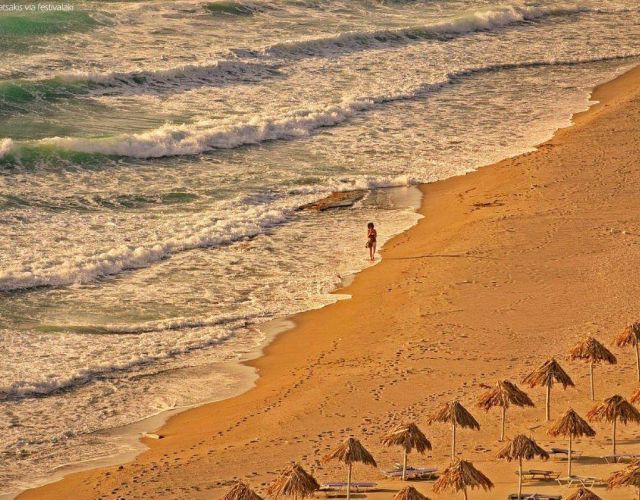
Kommos beach
Der alte Hafen von Phaistos hat einen der längsten Strände auf Kreta. Vor den Antiquitäten gibt es einen organisierten Teil des Strandes mit Liegenstühlen und Sonnenschirmen. Etwas weiter gibt es eine kleine Taverne.
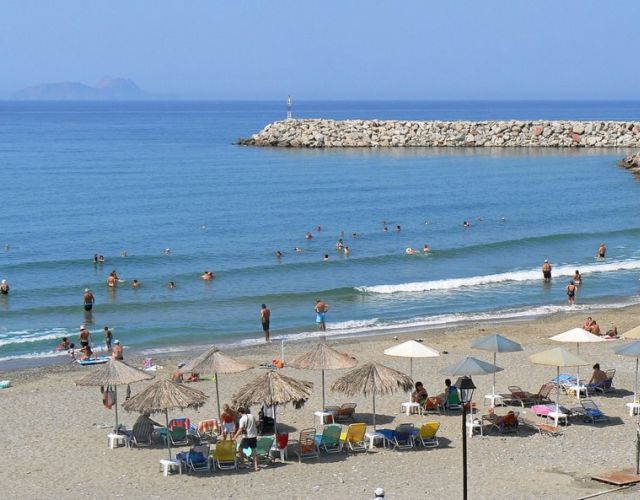
Kokkinos Pyrgos beach
Der kleine Hafen von Kokkinos Pirgos trennt seine zwei Strände. Auf seiner westlichen Seite gibt es einen Strand mit Felsen und Kieselsteinen, der sich bis nach Agia Galini erstreckt. Auf seiner östlichen Seite gibt es einen Strand, der sich bis zum Kommos erstreckt.
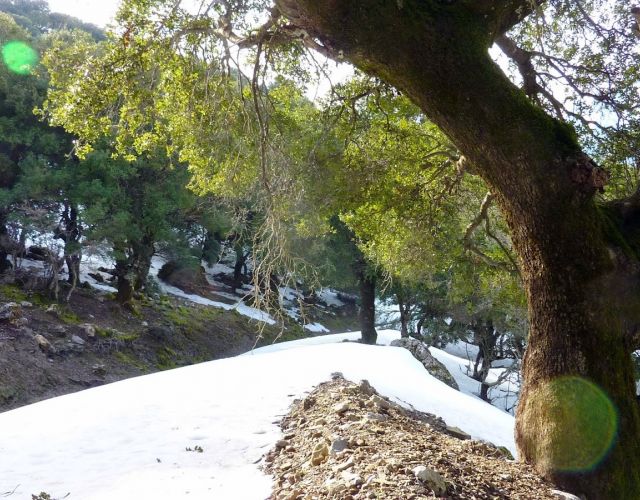
Rouva forest
The holly grove of Rouvas is located 55km south of Heraklion and 16km north of Gergeri village, in one of the most rugged and secluded parts of Crete. This isolation is the main reason for its existence, since humans have fortunately not destroyed that like all the other lost forests of Crete.
Rouvas forest develops in a small - depression - plateau at the southern part of Psiloritis mountain. One can approach the forest either from Gergeri village through the forest road, or from Nida Plateau again through a forest road or even by walking in the European hiking trail E4, starting from the Zaros lake, crossing the amazing Gorge of Agios Nikolaos and reaching the forest after 2 hours.




